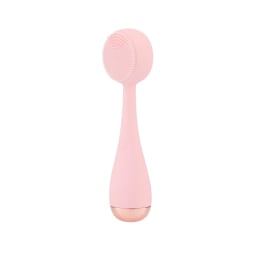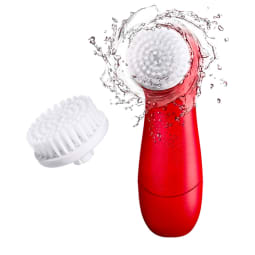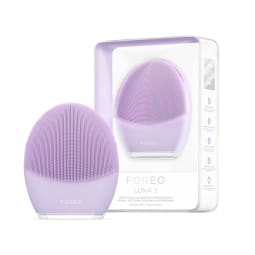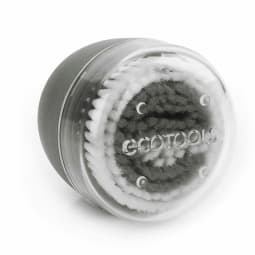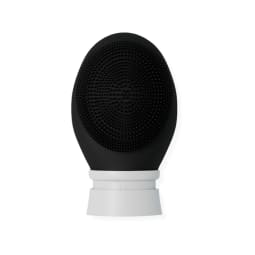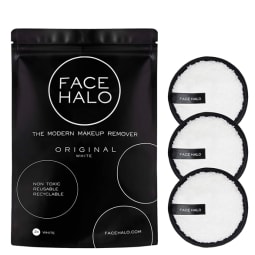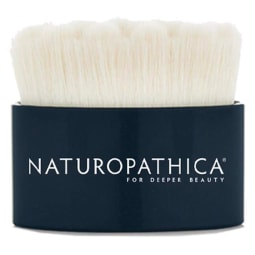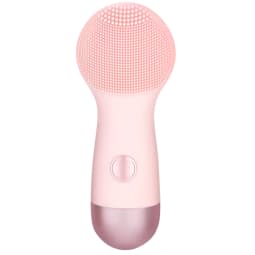Specifically, facial cleansing brushes have been circulating in skin care talk as of late but not necessarily in the same fashion as a few years ago. While these not-so-new tools may be having a moment, the modern age facial brush is much different from what’s been popular in the past. Could this be the new and improved version? Here, everything you need to know about facial brushes in 2022 including the best ones to shop. In addition, those with blemish-prone skin may benefit from the exfoliation of skin cells, Suarez says, that otherwise could clog pores and lead to breakouts. If you have sensitive or redness-prone skin, however, cleansing brushes aren’t going to be the best option as they can cause irritation and more flushing. No matter what skin type you have, it’s important to not overdo it with these tools. Try to avoid adding pressure to the brush, cleansing for too long, and using it too frequently. These tools are best for occasional use as your skin can tolerate them. One final note: If you are going to use a cleansing brush, take that as your exfoliating for the night rather than lathering on a chemical exfoliant serum afterward. The combination of the two can lead to over-exfoliation, a damaged skin barrier, and some not-so-fun side effects as a result: Think redness, sensitivity, etc. Even if you’re not acne-prone, silicone brushes are preferable for hygienic reasons. Like many derms we’ve talked to, Suarez isn’t too fond of the bristle-head brushes. “I prefer the silicone cleansing brushes, as opposed to those with actual bristle heads,” she says. “They are easier to clean and don’t require costly replacement heads.” So stick to something in your budget, easy to clean, and gentle (especially if you have sensitive skin). Remember to not overdo it and switch to a gentler option for exfoliation if you feel your skin getting stressed out.









